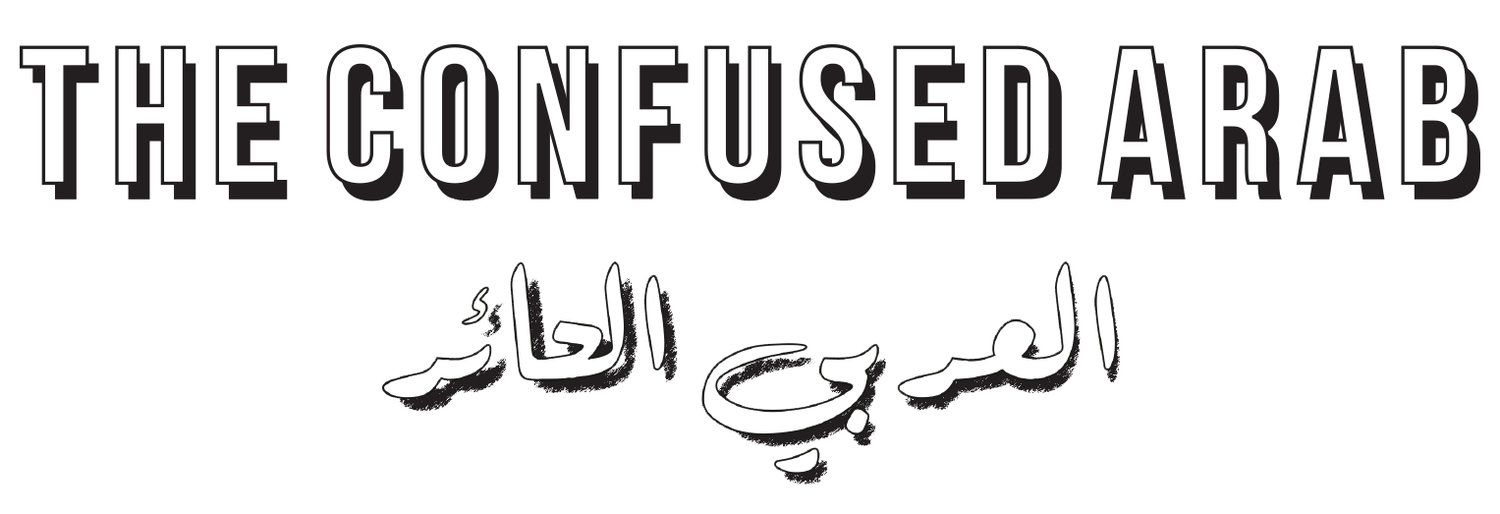Always strong and ever vibrant, yet still healing. One of the oldest, most beautiful cities in the world has been broken.
Aleppo is so much more than the city you’ve seen in the news. This city defeats the odds of war, rising above. Aleppo lives. Lit up by the sparks of hope emanating through the cracks of its people’s hearts.
This guide has been inspired and provided in collaboration with Dima XXX, @womanoftheorient, an Aleppian diaspora child, passionate to maintain and revive her family’s hometown heritage
Identity Card
• Alep in French, Aleppo in English, حلب in Arabic, was first settled around 5000 BC
• Aleppians: Just over 2.1 million. Aleppo was once was Syria’s largest city, and now is the second largest. It is one of the oldest continuously inhabited places in the world.
• Language: Mainly Arabic, the “Halabi” dialect. Some communities speak French, mostly elders or Christian families, as the nuns used to speak French to children in school. Armenian is widely spoken by the descendants of the Armenian genocide.
• National currency: The Syrian pound (lira)
The city of Aleppo spans centuries – for thousands of years it has thrived as the largest, most populated and cosmopolitan city of Syria. Take its name, for example: from “Chalybon” to “Halboun” and “Beroia”, we call it “Halab” today in Arabic, more precisely “Halab Al Shahba”.
Being among this city is like weaving together a rich tapestry. From the Akkadians to the Greeks and Romans, Umayyads, Ayyubids, Persians, Hittites, Byzantines, Assyrians, Mameluks and Ottomans, Aleppo has seen and served countless civilizations and dynasties. From each, it absorbed customs and traditions that live to this day with evolutions, transformations and transgressions while keeping the spirit intact.
Aleppo, like its famous spices, has always been a root of enchantment. Today Aleppo is multi-cultural and multi-religious and has always been known for coexisting while resisting a single definition. Like you, like us, Aleppo is complex. Curious. Beautiful and generous to those who take the time to share and respect its space and spirit.
Asking who is here, is a complicated question, and conjures another: Who is coming back? In the past and still today, the majority of the population is Muslim but many are Christian too. Culturally, most are Arabs. But like its history, its culture is rich and varied: there are also Syrian-Armenians, Kurds, Circassians and Assyrians in the city.
To this day, the history of Aleppo can be retraced simply by walking across the spellbinding fortified city and the architecture that it carries within.
Famous Aleppians
• Sabah Fakhri
If Aleppo had a king, it would be Sabah Fakhri. Born in 1933 , he is as close to Aleppian’s hearts as it gets – his entire musical education is from Aleppo. Every Halabi grew up listening to his songs as lullabies which are considered as Aleppo’s anthems. He is called “ Malek El Qudud”,The King of Queddouds across the Arab world and is famous for his mawwals, long introductions to a song that demands a strong voice…and Sabah Fakhri has it – he once sang for 10 hours straight in Caracas, Venezuala, making it to the Guinness Book of records. A powerful living symbol, Sabah Fakhri is to Aleppo what Umm Kalthoum is to the Arab World .
• Mayada Al Hennawy
Mayada Al-Hennawy, 60, is a singer renowned for her voice, songs and simplicity. You would often find her having dinner with fellow Aleppians in the city’s most modest restaurants. The Egyptian composer Mohamed Abdel Wahab discovered her at a young age and made her tour the Arab world when she was 18, all to learn, calling her “Moutriba al Jeel” (Singer of her generation). Her voice is moving, her sound is indelible, and throughout her career she worked with many excellent artists.Listen to Mayada.
• Bassam Koussa
One of the most well-known actors from Syria, and his roots are in Aleppo. He has received wide recognition for his roles in shows like Bab Al 7ara, and he is also a part of the great Syrian Drama legacy. More recently, he has taken on roles including the Syrian-Lebanese movie “ma7bas” / “Solitaire” by Sophia Boutros.
• Diana Al Hadid
Born in Aleppo, the famous modern sculptor moved to the United States when she was 5. Mixing several inspirations from Sci-Fi to mythical past, Al Hadid magnifies different supports and media to express her understanding of the world. Her work is now part of several collections in the USA as the Whitney Museum of American Art in NYC or in Europe as the Secession in Vienna, Austria.


